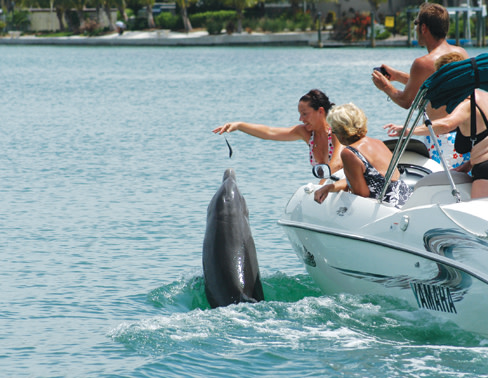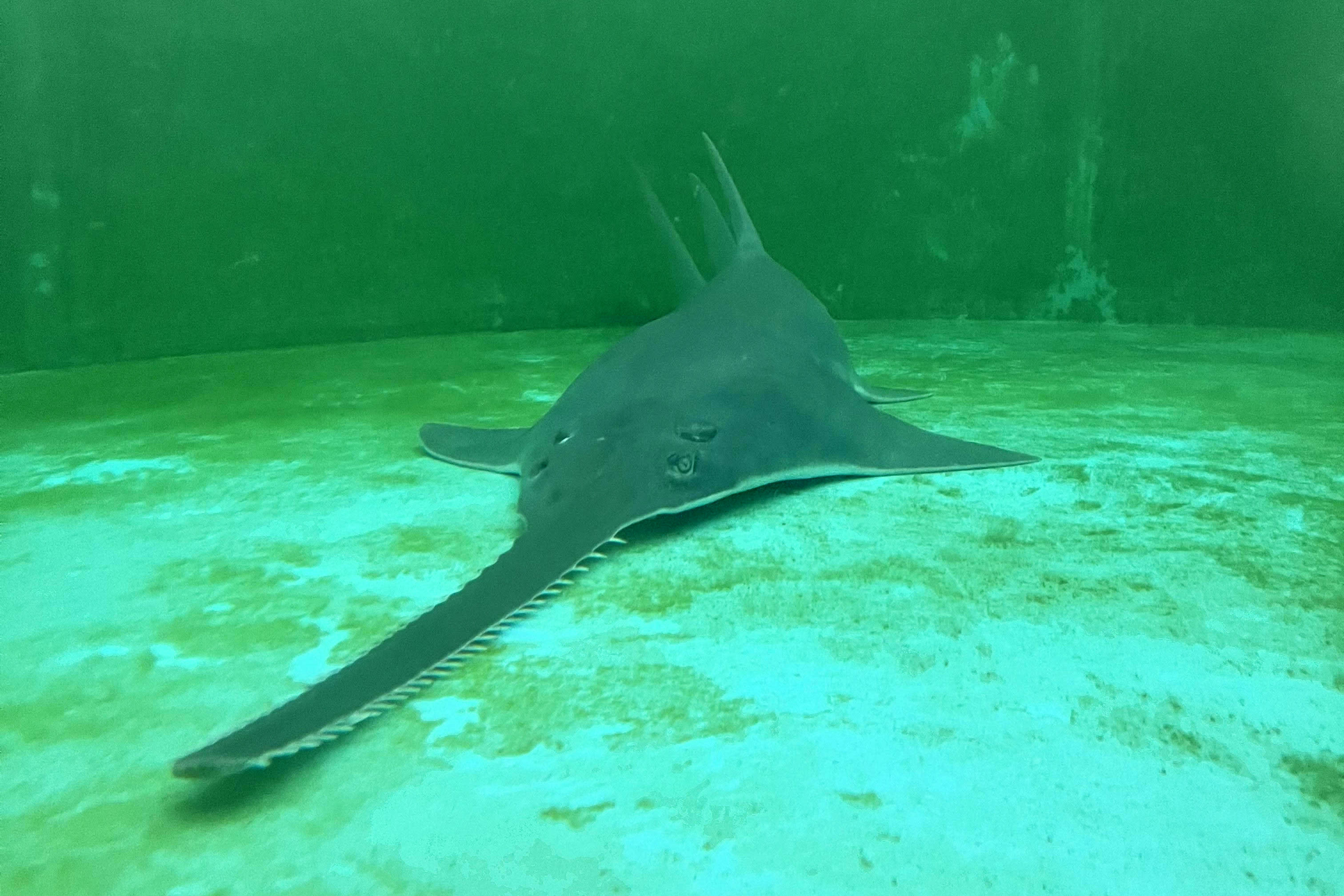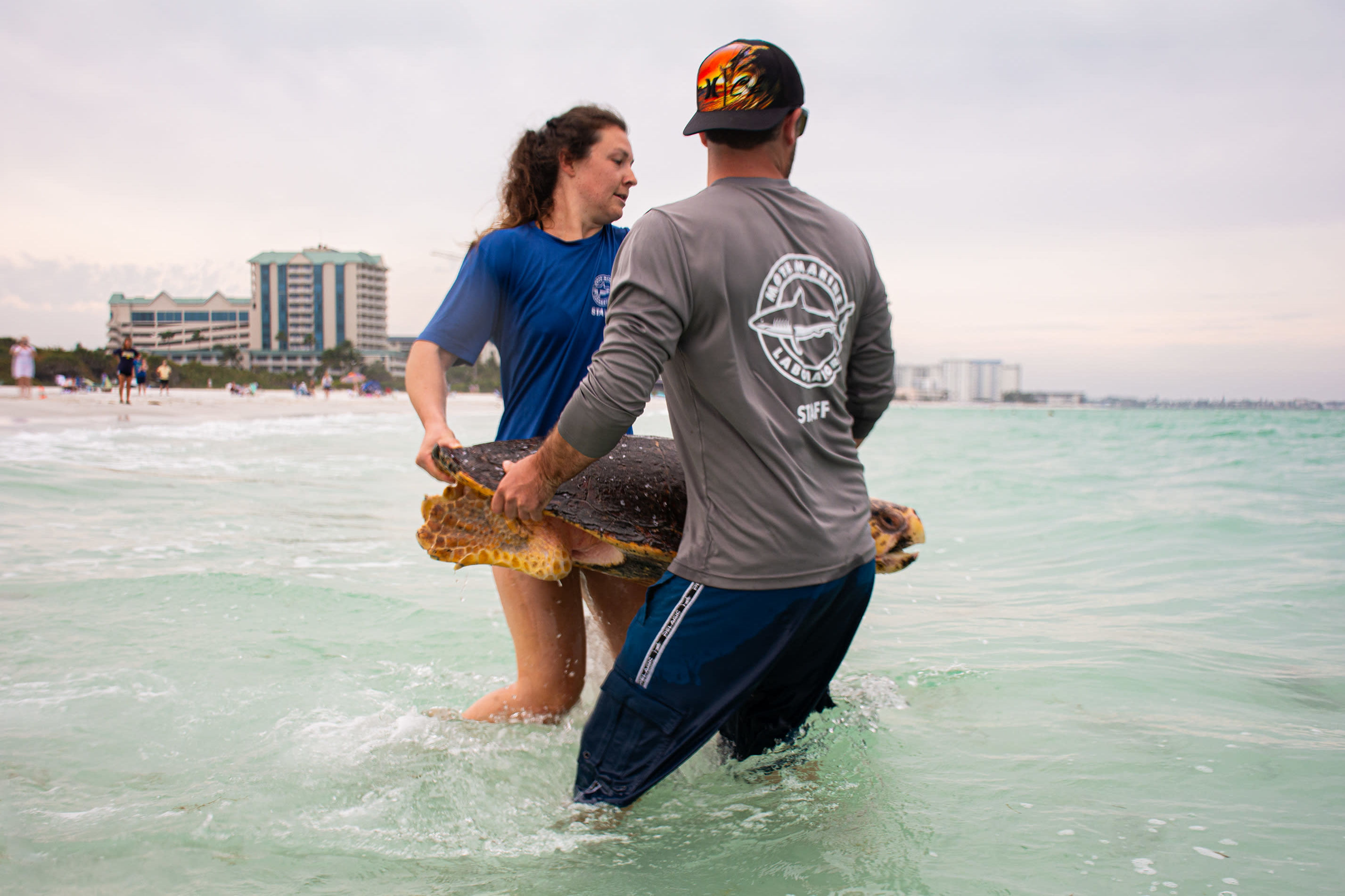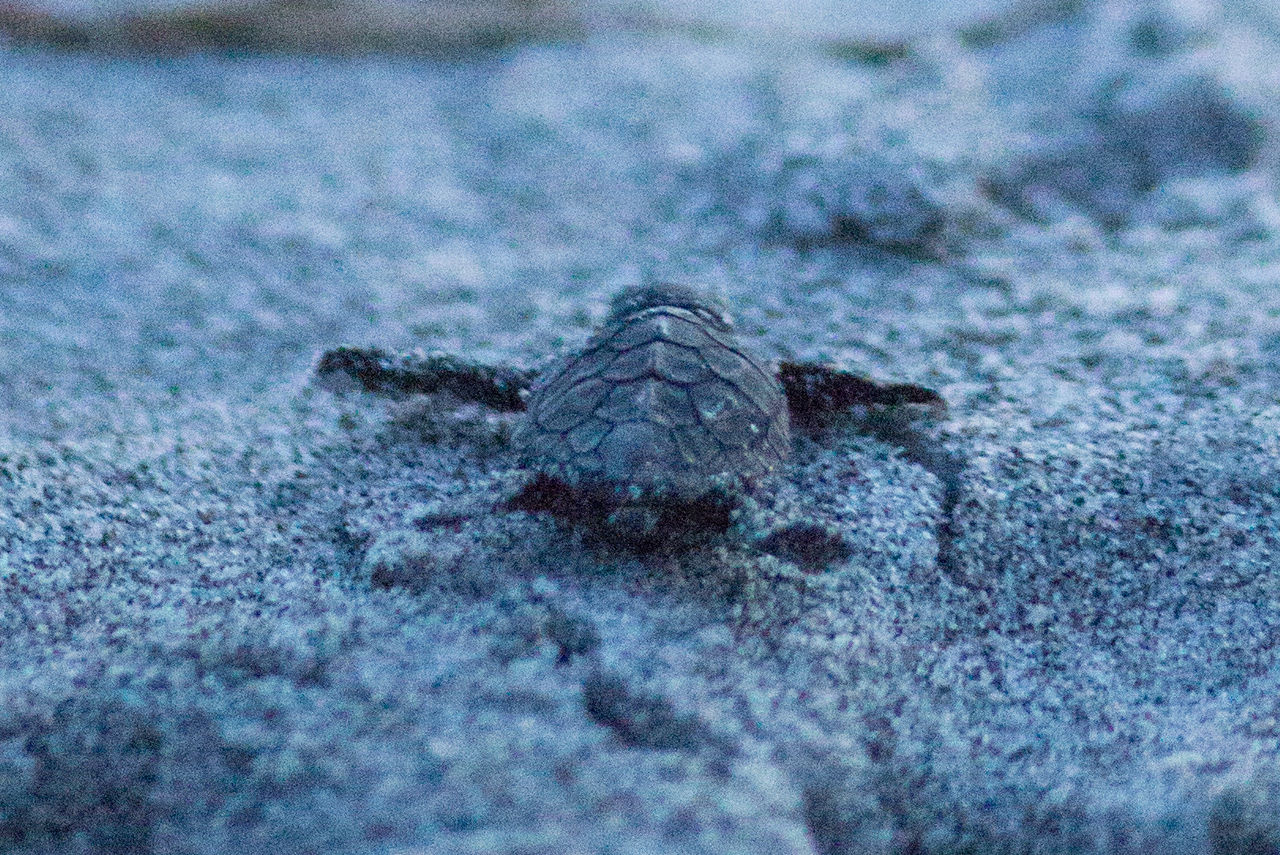From the Editor: The Truth About Flipper

"Mom, please don’t write about my petting that baby manatee,” Kate said. “I don’t want to get arrested!”
She’s all too aware of the hazards of having a mother who’s a writer, from rude rebuffs on deadline day (“Stop calling me! I’m trying to write!”) to a cold and calculating way of turning even my dearest relatives’ most intimate escapades into column fodder. “Anyway,” she continued, “that was before you told me it was illegal. And the way he kept following the kayak and rolling over on his back and looking right into my eyes—I thought we had a spiritual bond!”
I shouldn’t have laughed. After all, I was the kid who talked to trees at recess and named my blue Schwinn bike “Billy.” And I remember my own moment of believing I had forged a connection with a marine mammal, back in my 20s. I was walking along the shores of an old army base on Virginia Beach when a big silver dolphin suddenly broke through a wave, just a few feet away. He swam beside me for close to a mile, diving and surfacing, looking at me with what I imagined was a wise and searching eye. Tingling with excitement, I was convinced that we were sharing a Close Encounters interlude of inter-species communication, as deep and meaningful to him as it was to me.
But that was before I read Craig Pittman’s story in this issue about the life and death of Beggar the dolphin. Famous for panhandling boaters in the Intracoastal off Nokomis, Beggar attracted attention—and affection—for decades. I’d seen him myself; one day Beggar came swimming within inches of our churning propellers and opened his mouth for food. We didn’t feed him; but one of our passengers reached out to touch him, snatching his hand away just as the dolphin snapped his jaws together. Many others didn’t escape the dolphin’s bites; at least one woman, who like many others jumped in the water to swim with Beggar, was dragged under and severely wounded.
People, Pittman writes, are irresistibly drawn to these seemingly friendly and benign marine mammals; indeed, as scientists with Mote’s Dolphin Research Program discovered during a year-long study, even those who know it is against the law to touch or feed them often go ahead and do it, anyway. Whether it’s dogs and cats or bewhiskered, algae-covered manatees, we humans have a powerful desire to interact with other species; and we often assign them all sorts of thoughts and feelings that have absolutely no basis in fact.
For more than 40 years, Mote’s Dr. Randy Wells has conducted the world’s longest-running study of dolphins right here in Sarasota Bay. The researchers have learned many things about dolphins. They are intelligent—new research shows they can actually whistle other dolphin’s “names,” a level of abstraction not seen before in animals; they are incredibly curious and can teach each other new behaviors. They can be sexually rapacious, with young males ganging up on females. Females can exhibit strong maternal behavior, including one who tried to support another female’s dead infant on top of the water for days, but males have been known to pursue and kill young dolphins. They are social, living in loose-knit communities that span five generations; and though families don’t swim together, two young males may forge a bond that lasts until death. But contrary to the way many of us like to think about them, Wells says, “They are not people in the water.”
It may be natural for us to think that way, but when we do, the animals can pay a terrible price. As you will read, Beggar did, and so have many other dolphins—and manatees—in Sarasota waters. Whenever we interfere with their natural behavior, even in what seems like innocuous ways, we’re exposing them to danger. In his story, Pittman, the recipient of numerous awards for environmental writing, makes a clear and powerful case for why we need to stop loving these magnificent creatures to death.
Remembering Beggar: Click here to see a video of the dolphin in action.
Read more of Pam Daniel's "From the Editor" columns here.



